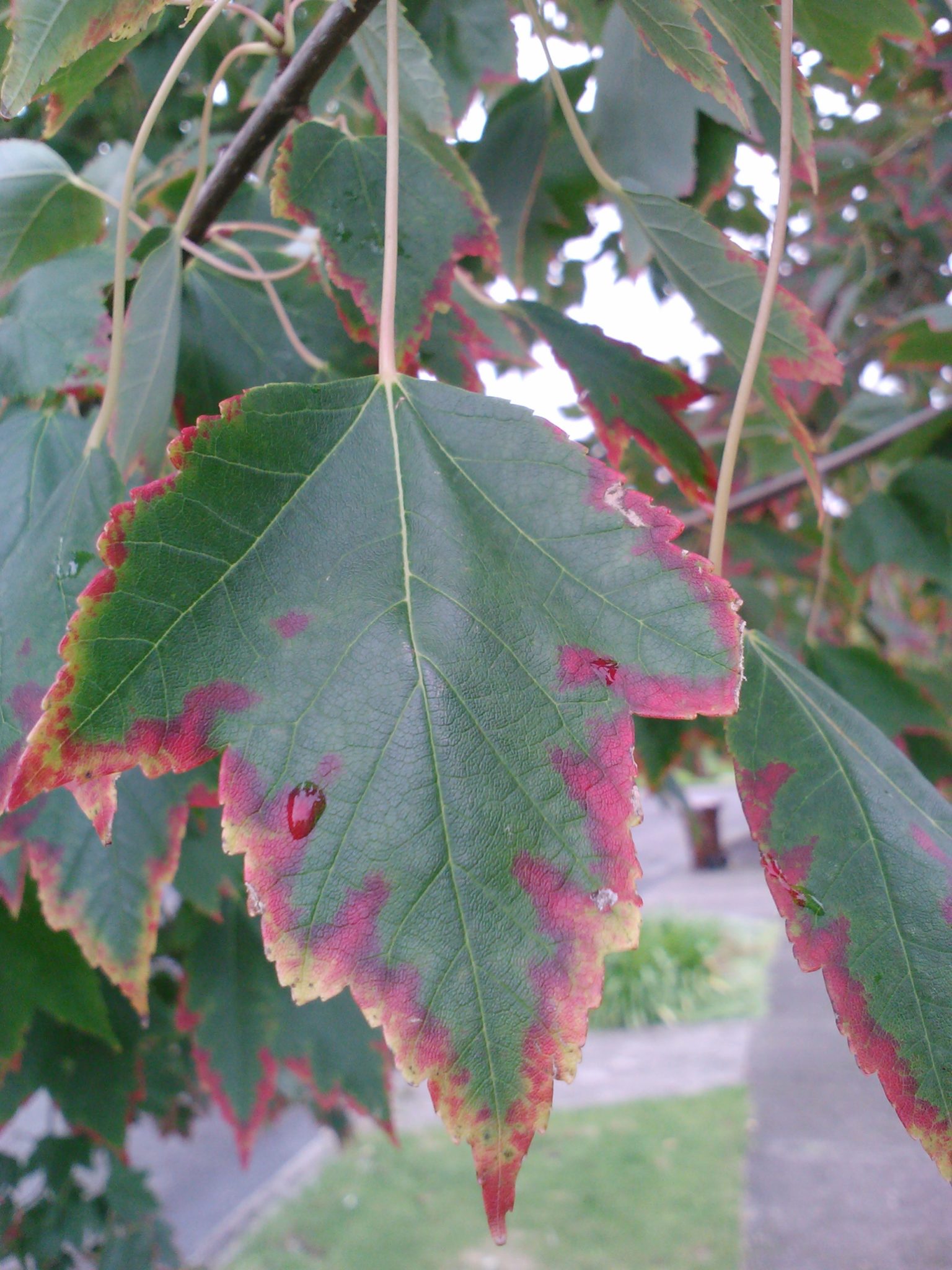
Dormancy Onset In Trees
The nights are quickly becoming longer in the northern hemisphere and the average temperatures are dropping, triggering dormancy in trees. Dormancy is a winter weather survival mechanism in which tree shoot growth is significantly reduced to protect soft tissues from freezing temperatures.
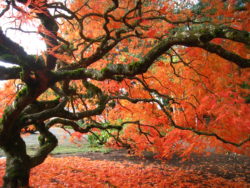
In the fall, the decreasing daylight triggers the production of abscisic acid, a hormone that impedes growth. Abscisic acid is concentrated at the base of each deciduous leaf stem. This stops the flow of water and nutrients to the leaf and seals off the leaf from the stem. The green chlorophyll fades, revealing the other leaf pigments in the annual flush of oranges and reds of our beautiful fall colors. The leaves eventually fall off, preventing water loss through the leaves and the energy drain of maintaining the leaves.
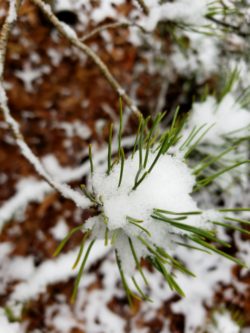
Because evergreen trees do not lose all of their leaves at once, like the deciduous trees do, they do not have to use the stored energy every spring to grow new leaves. They have a different winter survival strategy. They can retain their needles because they have special adaptations to survive the winter. Evergreens have a waxy coating called cutin on their needles that reduces water loss. The compact shape of the needle also reduces water loss. The needles do not freeze due to their resin content. This allows photosynthesis in the needles to continue, even though it is at a slower rate due to the waning winter sunlight.
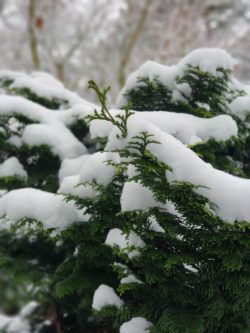
Another way the trees prepare for winter is by converting extra sugar to starch that is stored in the wood and roots. Due to the lack of sunlight in winter, trees do not make enough food from photosynthesis and the tree lives off this stored food during dormancy. Because the stored food is limited, the tree’s energy is conserved during dormancy by slowing metabolism and growth. The stored energy is also used in spring to open buds and by the deciduous trees to grow new leaves.
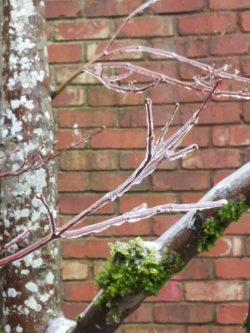
To prepare for freezing temperatures, trees increase the sugar and salt concentration of the liquids in the conducting, living cells. This reduces the freezing temperature and thus the risk of cellular death from freezing. This characteristic of a tree varies widely among species and helps determine the tree’s USDA plant hardiness zone, or where each tree is expected to thrive. The USDA plant hardiness zone for the Portland area is 8b, which means that our trees are expected to be exposed to minimum winter temperatures of 15-20 degrees Fahrenheit.
The abscisic acid concentration in the tree is highest during the fall and is depleted over winter by cold temperatures. The trees remain in a dormant state until a chilling requirement is met and the concentration of abscisic acid is low enough to allow the tree to grow again. Warmer temperatures and increased day length stimulate growth in the spring. Fall is an important time in the life of trees as the onset of dormancy prepares them for winter survival.


